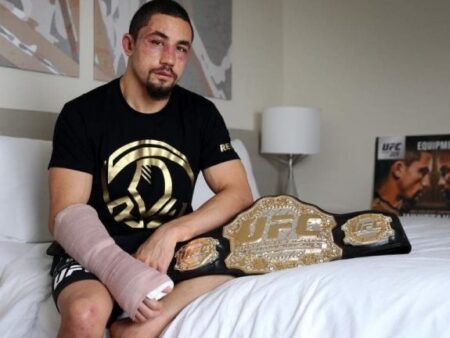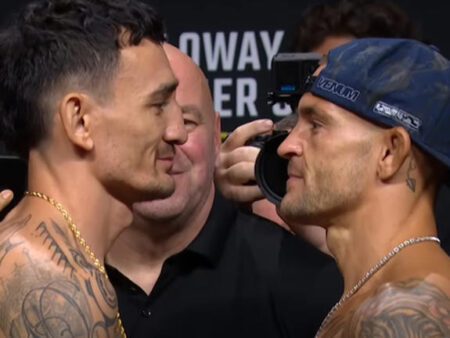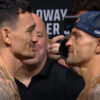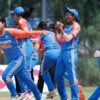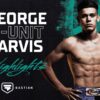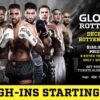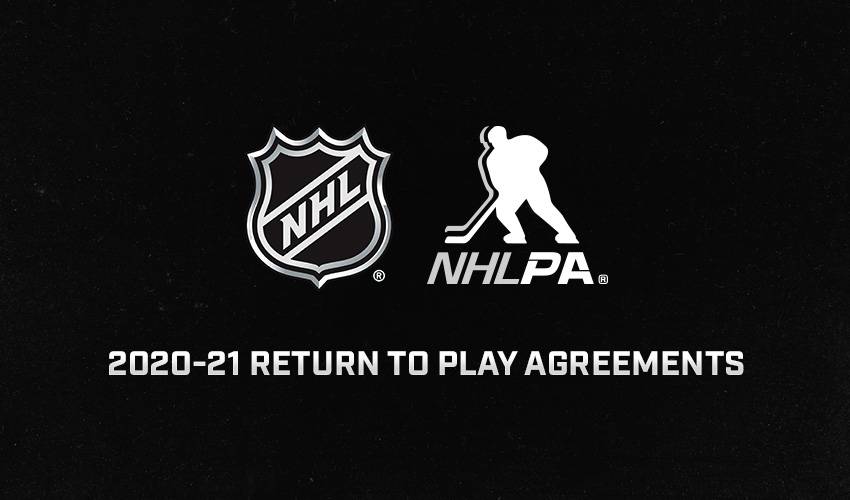
The National Hockey League and the National Hockey League Players` Association have finalized a new Collective Bargaining Agreement, set to dramatically reshape aspects of the league`s operations and player regulations beginning with the 2026-27 season. While CBAs often focus on high-level economics, this agreement delves into surprising details, from formalizing a role previously held by whoever happened to be available to adjusting player fashion guidelines. The full terms, recently released, reveal a league adapting to past quirks and future challenges.
The Rise of the Professional `Amateur` Goalie
Perhaps the most widely discussed change elevates the status of the Emergency Backup Goalie (EBUG). Remember the Cinderella stories? The accountant stopping shots for the Blackhawks, the Zamboni driver backstopping the Hurricanes to an improbable win? These moments, while viral gold, highlighted a procedural gap. Previously, EBUGs were often local, unaffiliated individuals stationed near the arena, ready to be thrust into the spotlight if a team`s top two netminders were simultaneously incapacitated. It was a romantic, if precarious, system.
Under the new CBA, this role transitions to a more structured, though still uniquely qualified, position. Teams will now designate an EBUG 48 hours before the season starts and 24 hours before each game. Crucially, this individual will now travel with the team. However, to maintain the spirit of providing an emergency option distinct from the professional pipeline, specific criteria apply: the designated EBUG must never have played an NHL game and cannot have appeared in more than 80 professional hockey contests total, nor played professional hockey within the previous three years. This ensures they possess a foundational skill level without being active minor-league professionals blocking development pathways. It`s a technical solution to a previously unpredictable situation, perhaps removing some of the “what if?” magic but adding a layer of operational reliability.
Navigating Player Pathways and Financial Waters
The CBA also addresses player development structures and financial maneuvers. The league is signaling intent to renegotiate with the Canadian Hockey League (CHL) to potentially modify the rule that currently forces 19-year-old players to choose between the NHL roster and junior hockey, without access to the American Hockey League (AHL). The NHL proposes allowing teams to assign one 19-year-old player to the AHL, providing a crucial intermediate step for prospects not quite ready for the NHL but beyond junior development.
Two notable financial “loopholes” are also being closed. A new salary cap mechanism will be implemented for the playoffs. This is designed to prevent teams from leveraging the Long-Term Injured Reserve (LTIR) rule to activate significant player salaries for the postseason without impacting their regular-season cap compliance. Effectively, using LTIR for playoff boosts will now have a cap consequence. Furthermore, the agreement restricts salary retention in trades, limiting teams to retaining salary on a player`s contract only once within a 75-day period. This aims to curb multi-team transactions where one club acts primarily to absorb and discount a player`s salary for another.
Schedule Adjustments and Style Guides
Operational changes include expanding the regular season schedule to 84 games, a modest increase that will necessitate a corresponding shortening of training camps. On the player welfare front, mandatory neck guards will be introduced, phased in starting in the 2026-27 season through a grandfathering process. Finally, in a touch of unexpected detail, player dress codes are set to be softened. While players are still required to dress appropriately when representing the team, the strict, often suit-and-tie focused rules will evolve, requiring players to dress in a manner consistent with “contemporary fashion norms.” This particular change adds a layer of modern sensibility to the league`s professional appearance guidelines, acknowledging that formal wear isn`t the only way to look presentable.
The new NHL-NHLPA Collective Bargaining Agreement, effective 2026-27, is a comprehensive document. It tackles issues ranging from emergency goaltending protocols and player development nuances to complex financial mechanics and even player attire. The result is a set of rules aimed at improving competitive balance, providing clearer player pathways, closing previously exploited avenues, and adapting the league`s operations and image for the coming years.
